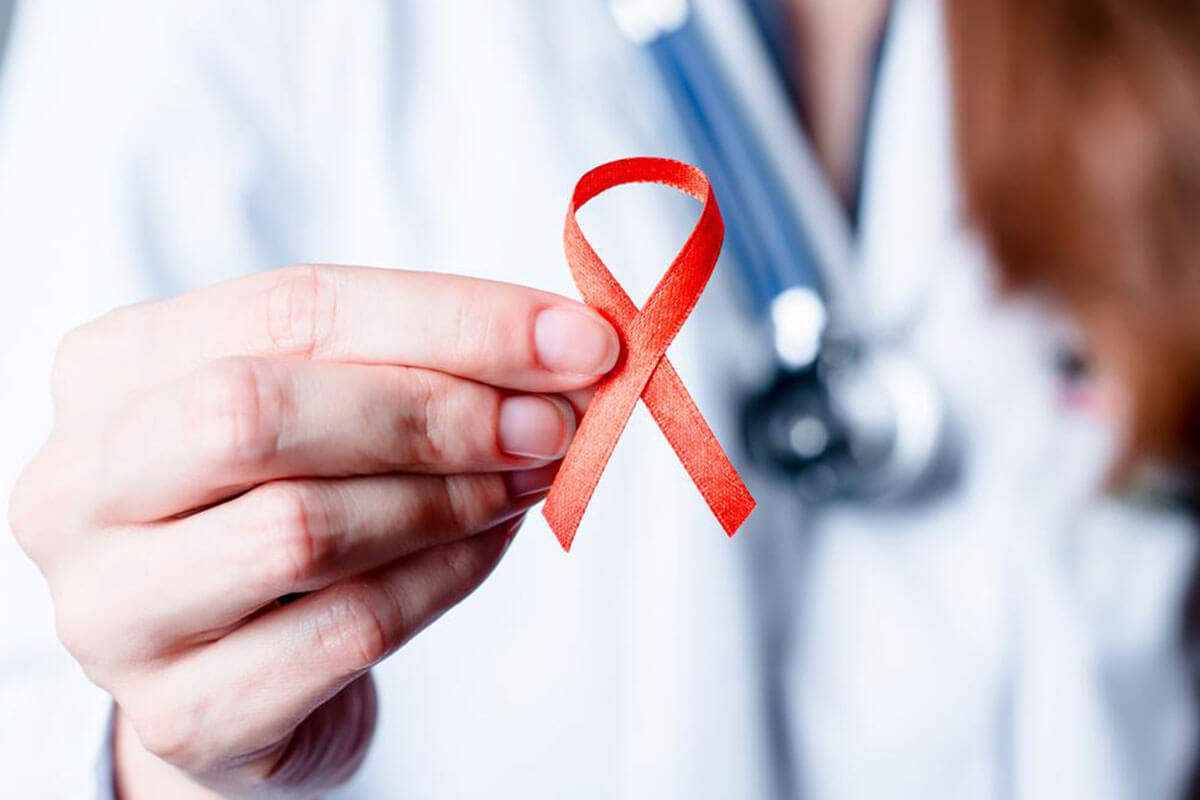How to Differentiate Between HIV and AIDS
Having HIV and having AIDS does not mean one and the same thing. Learn how to tell one from the other.
What is the exact difference between HIV and AIDS? Are they the same disease? These are a few of the most commonly asked questions when it comes to HIV.

What is HIV?
The Huma Immunodeficiency Virus or HIV is a virus that is infectious in nature. As the name suggests, this virus only affects human beings, and its primary focus is on attacking the immune system so as to cause it to malfunction, and eventually shut it down. When it comes to most other viruses, our immune systems are well-versed with recognizing the foreign presence, and then working hard to annihilate it. However, the story is not the same in the case of HIV. For some reason, our immune systems seem completely unable to put up a fight against this virus. Scientists are still stumped as to why our immune systems are unable to attack HIV. While we cannot defeat HIV, it can be controlled very effectively with the use of medications.
What is AIDS?
Acquired Immunodeficiency Syndrome or AIDS is a condition or syndrome. If you are infected with HIV, the chance of you developing AIDS exists. Once the HIV has caused severe enough damage inside the immune system, AIDS rears its ugly head. This syndrome affects and manifests in different people differently. Causing myriad varied symptoms in different people, AIDS symptoms are caused by the fact that the immune system is so compromised that it can no longer protect itself against any infections. These become the AIDS symptoms then. Some common AIDS symptoms include tuberculosis, some types of cancer, pneumonia, etc.
Can I Have HIV But Not AIDS?
You can have an HIV infection without having AIDS. However, the converse is not true, which means that those that have AIDS already mandatorily have HIV. Basically, HIV is a virus that may or may not cause AIDS. It is possible for you to have an HIV infection that does not develop into AIDS for years, if not decades. Thanks to the great advancements in the treatment of HIV and AIDS, the average life expectancy of someone with an HIV infection is higher than it ever was before. However, it is important to remember that as of now, there is no cure for an HIV infection. This means that even if you never get AIDS, your HIV infection will continue to stay put in your body.
Can HIV be transmitted like AIDS?
In this matter, HIV works like any other virus – it can be transmitted from one person to the other. On the other hand, AIDS is a condition that can only be “acquired” after the patient has contracted the HIV infection already. Transmission of HIV from one person to the other happens through the exchange of the fluids in the body, through unprotected sex, use of contaminated needles, or contaminated blood transfusions, etc. Though it is a rare occurrence, it is possible for a mother to pass on the HIV infection to her baby during the pregnancy period.
How are HIV and AIDS diagnosed?
The diagnosis of HIV is fairly straightforward. A simple blood or saliva test can tell your doctors everything they need to know. Once you are infected with HIV, your immune system creates specific antibodies in a vain attempt to fight the virus. These antibodies can be tested through a blood or saliva test a few weeks after you first contracted the infection. If you choose to test the antigens or proteins that are created by HIV then it is possible to detect the infection within a few days of getting it. Not only are both these tests easy to administer, they are also highly accurate.
Diagnosing AIDS is not quite that simple. The last stage of the HIV infection is the condition we call AIDS. The virus destroys a huge number of CD4 immune cells by the time it develops into AIDS. The diagnosis of AIDS requires a counting of the number of CD4 cells in the blood. Testing for AIDS can also be done based on the fact that opportunistic infections exist. In general, both factors are considered together to correctly diagnose AIDS.











